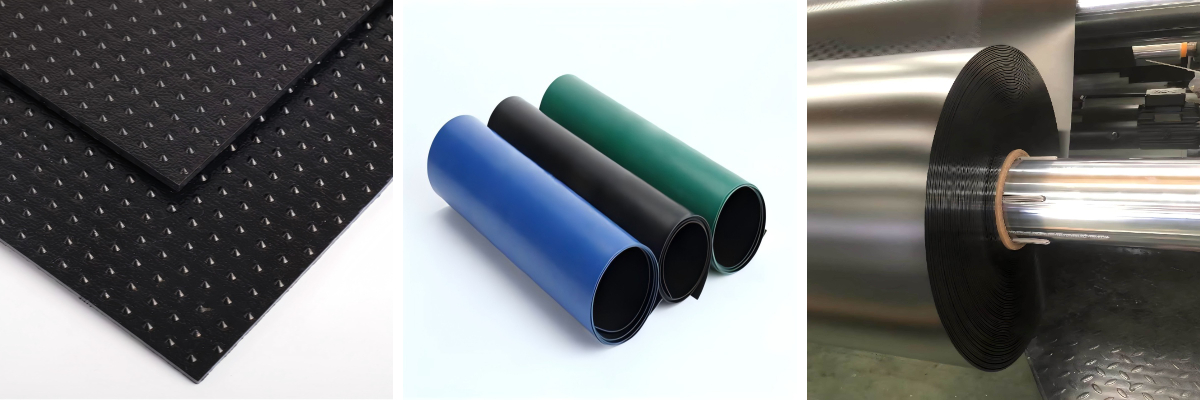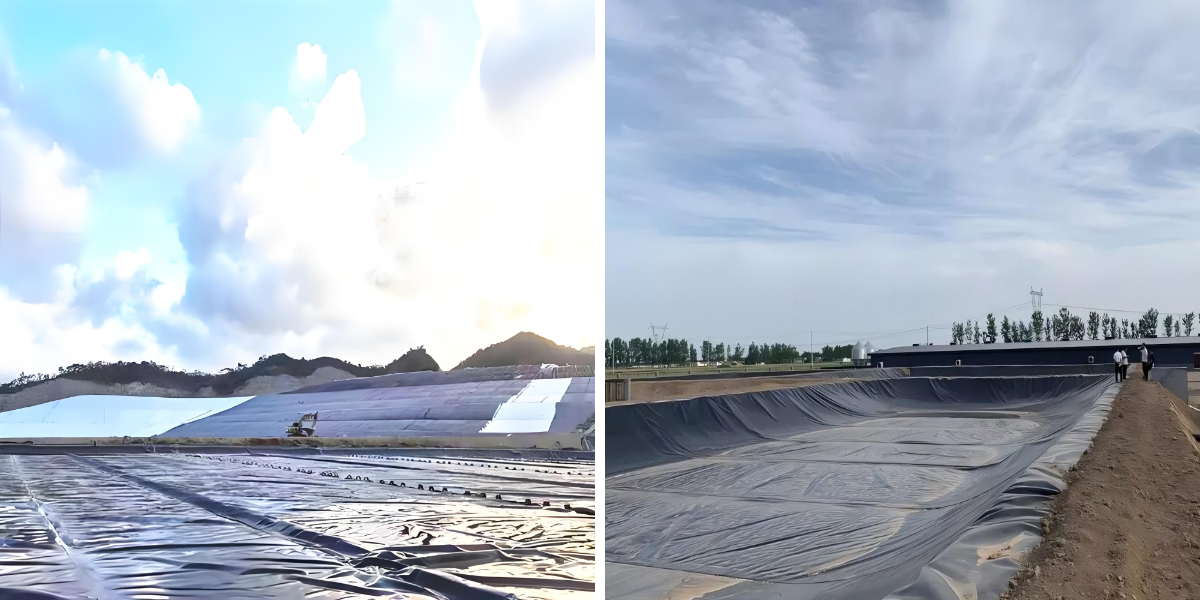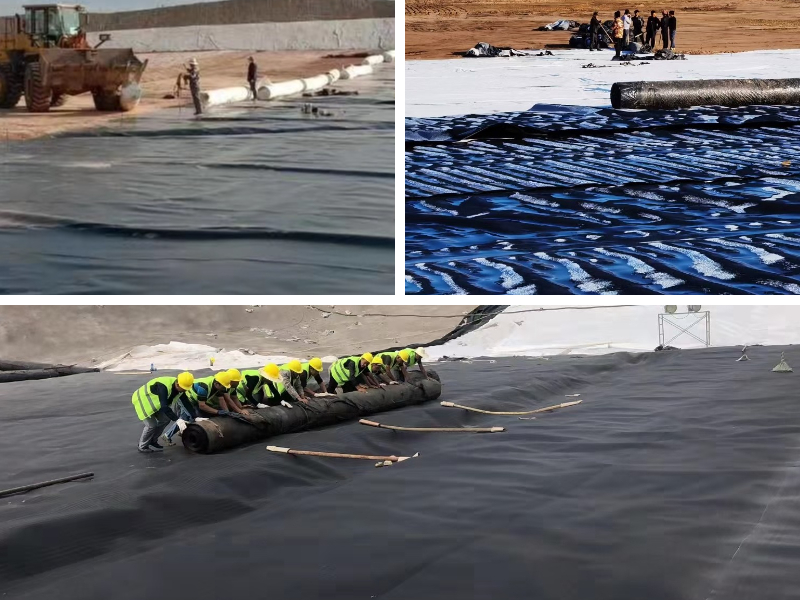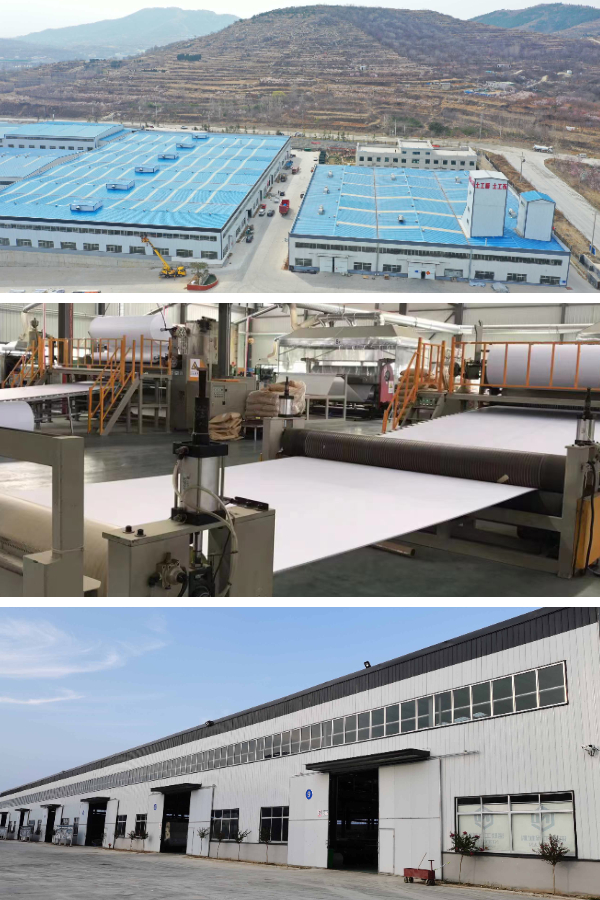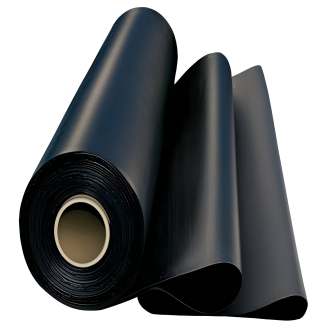Choosing the Right Thickness for HDPE Geomembrane Projects
HDPE geomembrane has grow to be a cornerstone in cutting-edge engineering and environmental projects, valued for its impermeability, durability, and versatility. As a key element in containment systems, its overall performance hinges on more than one factors, with thickness being one of the most critical. Selecting the terrific thickness ensures the geomembrane meets venture demands, from stopping leaks to withstanding environmental stress. This information explores how to pick the proper thickness for HDPE geomembrane projects, overlaying indispensable issues and realistic applications.
Understanding HDPE Geomembrane Basics
HDPE geomembrane, a high-density polyethylene sheet, is engineered to act as a barrier towards fluid migration. Unlike different materials, it combines flexibility with strong chemical resistance, making it appropriate for numerous settings. Geomembrana in hdpe refers to the equal material, emphasizing its polyethylene composition and barrier function.
The thickness of HDPE geomembrane without delay influences its strength, puncture resistance, and longevity. Ukuran geomembrane hdpe encompasses quite a number thickness options, every tailor-made to precise venture needs. From skinny sheets for light-duty purposes to thicker variations for heavy-use scenarios, perception how thickness interacts with overall performance is key to venture success.
Key Factors Influencing Thickness Selection
Project Purpose and Containment Needs
The core feature of the assignment dictates the required thickness of the geomembrane. For purposes centered on simple fluid containment—such as small ponds, backyard reservoirs, or brief storage areas—a thinner HDPE geomembrane may additionally suffice. These tasks prioritize flexibility and ease of installation, as the fabric wishes to conform to easy shapes except immoderate rigidity.
In contrast, initiatives requiring high-level containment, like landfill liners, industrial waste storage, or chemical processing facilities, demand thicker geomembrane. The brought thickness enhances resistance to punctures from sharp objects, reduces the hazard of tears beneath pressure, and affords a greater sturdy barrier in opposition to aggressive substances. Geomembrana in hdpe designed for such makes use of is engineered to face up to long-term publicity to difficult conditions.
Environmental and Site Conditions
The surroundings the place the HDPE geomembrane is mounted performs a good sized function in thickness selection. In areas with tough terrain, rocky substrates, or usual foot traffic, a thicker geomembrane affords higher safety towards abrasion and punctures. For example, development websites with free gravel or particles require a sturdy barrier to forestall injury in the course of set up and use.
Climate additionally matters. Projects in areas with excessive temperature fluctuations, extreme UV exposure, or heavy rainfall gain from thicker hdpe geomembrane. Thicker substances higher face up to degradation from UV rays, hold flexibility in bloodless conditions, and cope with the stress of thermal growth and contraction, making sure long-term performance.
Installation and Handling Requirements
Installation logistics have an effect on thickness choices. Thinner HDPE geomembrane is lighter and less difficult to maneuver, making it best for tasks with restrained access, such as far off slope stabilization or small-scale landscaping. Its flexibility simplifies wrapping round contours or becoming into tight spaces, lowering set up time and labor.
Thicker geomembrane, whilst extra durable, requires cautious handling. It may also want specialised tools to transport and lay, specifically in large-scale tasks like reservoir liners or mining containment systems. However, the funding in managing thicker fabric can pay off in greater structural integrity, making it a desired desire for initiatives the place sturdiness is non-negotiable.
Matching Thickness to Common Applications
Light-Duty Applications (Thin HDPE Geomembrane)
Thin HDPE geomembrane is well-suited for tasks with reasonable demands:
Residential Landscaping: Ponds, backyard water features, and outside reservoirs use skinny geomembrane to create watertight barriers. Its flexibility permits it to observe the form of the excavation, whilst its impermeability continues water contained.
Temporary Containment: Construction web page runoff ponds or non permanent waste storage areas depend on skinny geomembrane for speedy deployment and cost-effectiveness. It presents a dependable barrier barring the want for heavy-duty material.
Agricultural Uses: Irrigation ditches or small farm animals water tanks gain from skinny geomembrana in hdpe, as it prevents water seepage and resists injury from hobbies farm activities.
Heavy-Duty Applications (Thick HDPE Geomembrane)
Thick HDPE geomembrane is vital for high-stakes projects:
Landfills and Waste Management: Sanitary landfills require thick geomembrane as phase of their liner structures to forestall leachate from contaminating soil and groundwater. The material’s thickness ensures resistance to punctures from waste materials.
Industrial Containment: Chemical storage facilities, oil and fuel sites, and manufacturing flowers use thick geomembrane to incorporate hazardous fluids. Its strong shape withstands chemical publicity and mechanical stress.
Large Water Infrastructure: Reservoirs, dams, and canal liners rely on thick ukuran geomembrane hdpe to deal with excessive water strain and stop leaks that should compromise the complete system.
Sourcing the Right Thickness: Tips for Procurement
When choosing HDPE geomembrane, partnering with suppliers that provide a vary of thickness choices is crucial. Reputable suppliers can information you in matching ukuran geomembrane hdpe to your project’s needs, making sure compliance with enterprise standards. Look for carriers with know-how in each light-duty and heavy-duty applications, as they can advocate the most appropriate thickness primarily based on web site prerequisites and challenge goals.
Additionally, affirm that the geomembrane meets satisfactory requirements for impermeability and durability. Thicker fabric ought to now not compromise flexibility the place needed, and thinner selections need to nonetheless provide dependable overall performance for their meant use. Working with suppliers who furnish technical help can assist keep away from expensive errors in thickness selection.
Conclusion: Thickness as a Foundation for Success
Choosing the proper thickness for HDPE geomembrane initiatives is a selection that affects performance, longevity, and cost-effectiveness. By aligning thickness with mission purpose, environmental conditions, and set up needs, you can make sure the geomembrane supplies most effective results. Whether opting for skinny fabric for residential or transient use, or thick geomembrana in hdpe for industrial or large-scale infrastructure, prioritizing the proper thickness ensures the barrier features as meant for years to come. With cautious choice and high-quality sourcing, HDPE geomembrane turns into a dependable basis for any containment or barrier project.
Contact Us
Company Name: Shandong Chuangwei New Materials Co., LTD
Contact Person :Jaden Sylvan
Contact Number :+86 19305485668
WhatsApp:+86 19305485668
Enterprise Email: cggeosynthetics@gmail.com
Enterprise Address: Entrepreneurship Park, Dayue District, Tai 'an City,
Shandong Province


